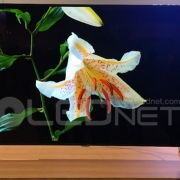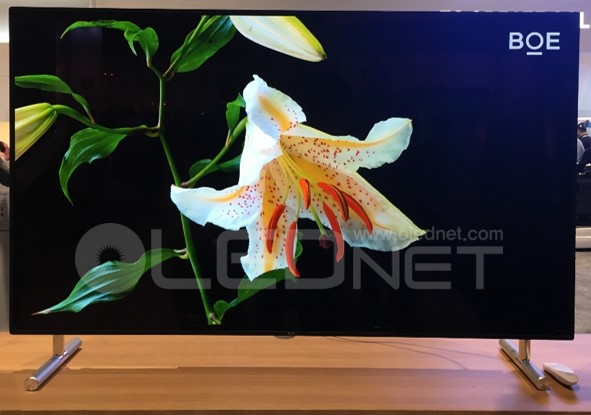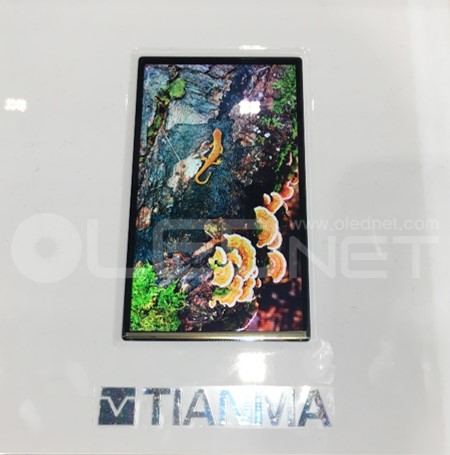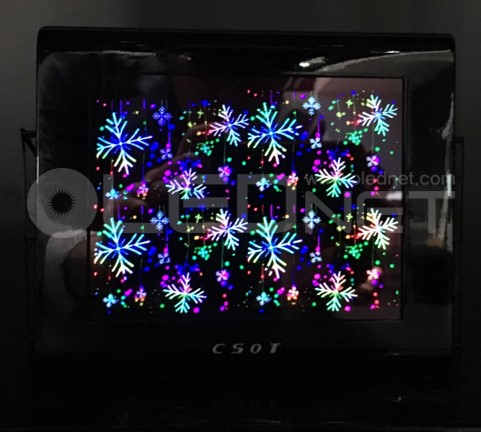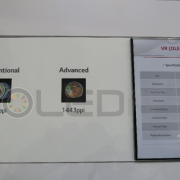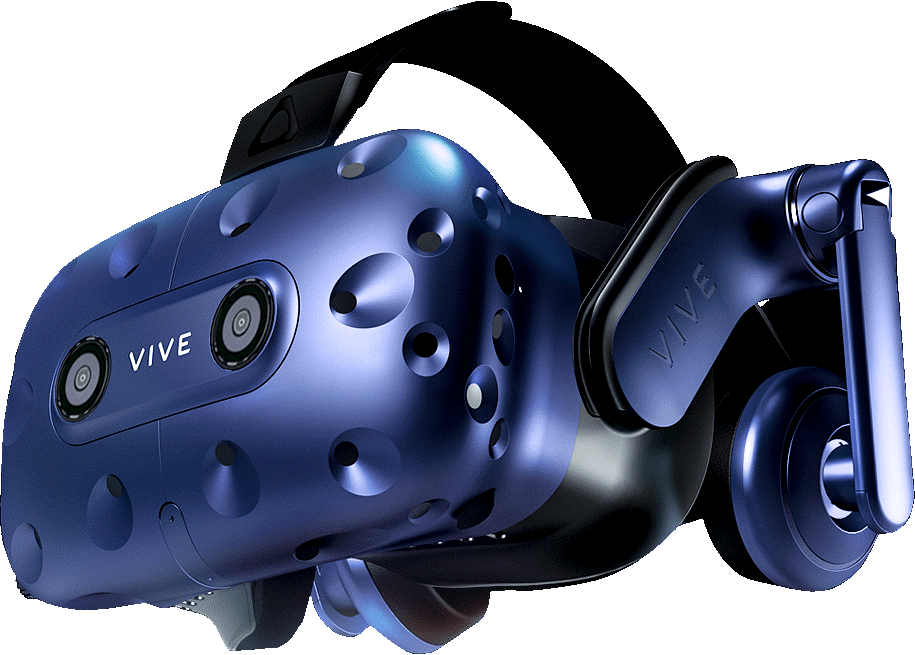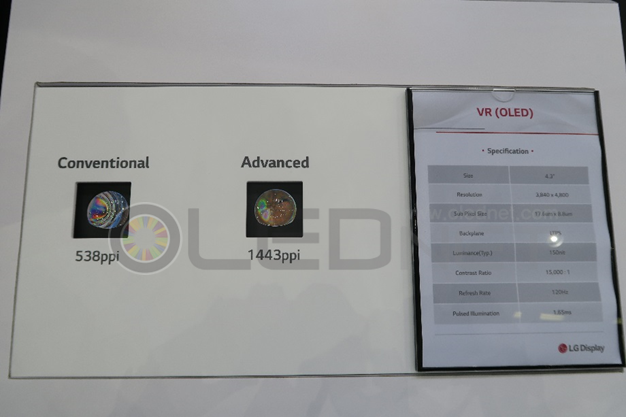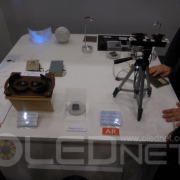At the 4th wearable expo being held from January 17th in TOKYO BIG SIGHT -Tokyo International Exhibition Center, many companies attracted the attention of participants by exhibiting OLED wearable devices and OLED panels. Particularly, at this exhibition, many wearable devices with PMOLED and micro OLED were displayed, which proved once again infinite possibilities of OLED.
First, ColorLink Japan unveiled its VR and AR devices with micro OLED. Micro OLED is a panel that can realize high resolution in small size by reducing OLED panel to micro size. “The micro OLED applied to ColorLink Japan’s VR equipment is 0.7-inch in size with FHD resolution, and we were able to manufacture more compact and scarce VR device by applying micro OLED”, said an official from ColorLink Japan.
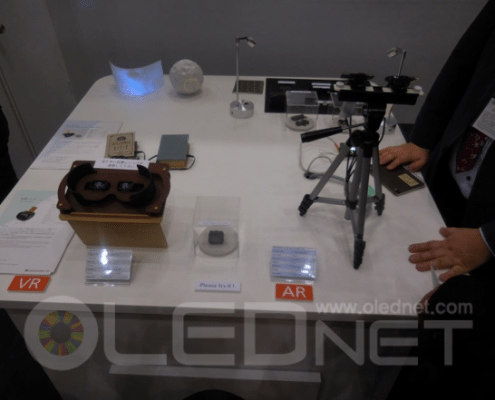
<ColorLink Japan’s Micro OLED VR and AR>
In addition, Fitbit and iWOWNfit exhibited smart bands with PMOLED. PMOLED refers to a passive matrix OLED that does not use TFT, which is a switching device, and is mainly applied to low resolution devices that display numbers or characters rather than high resolution-required devices. In relation to the reason for the application of PMOLED, both companies explained that they have been able to significantly reduce power consumption by applying PMOLED, and the OLED prices have fallen considerably so that they have sufficient price competitiveness.
Meanwhile, OLED panel makers also exhibited a number of OLED panels for wearable devices. Pioneer, which firstly produced mono color PMOLED for FM character broadcast in 1997, attracted participants by introducing a number of PMOLEDs and devices using this. Pioneer announced its goal to diversify its business centering on PMOLED, introducing PMOLED-applied Bluetooth speakers, smart watches, and AR devices.
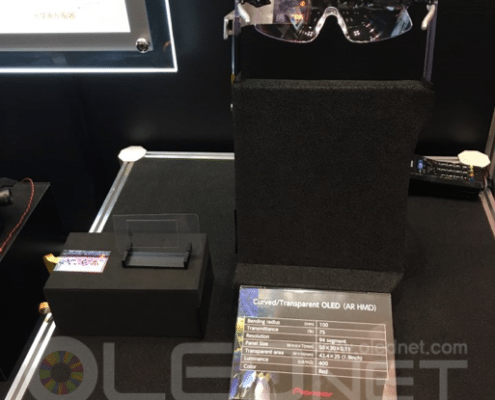
<Pioneer’s PMOLED Panel and AR>
RiTdisplay also attracted attention by exhibiting a number of wearable appliances and panels with many PMOLEDs. RiTdisplay said, “Since the AMOLED market is already occupied by Korea, it is inevitably lagging behind its productivity and price competitiveness”. “Instead, PMOLED enables easy customization with less production cost than AMOLED so it is competitive in the wearable device market.” Also, they announced that since smart bands will be more aggressive in this market due to lower ppi than smart watches and mobile devices, they will actively target the market.
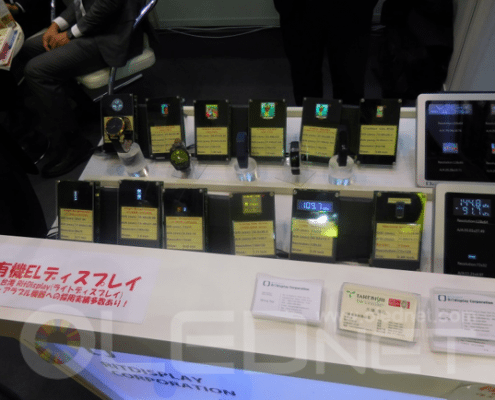
<RiTdisplay’s PMOLED Panels & Applications>
In addition to AMOLED which is leading the mobile device and TV market, various methods of OLEDs such as PMOLED and micro OLED are being actively applied to wearable devices, thereby expanding its influence. The future of OLED, which is being increasingly utilized, is expected.



